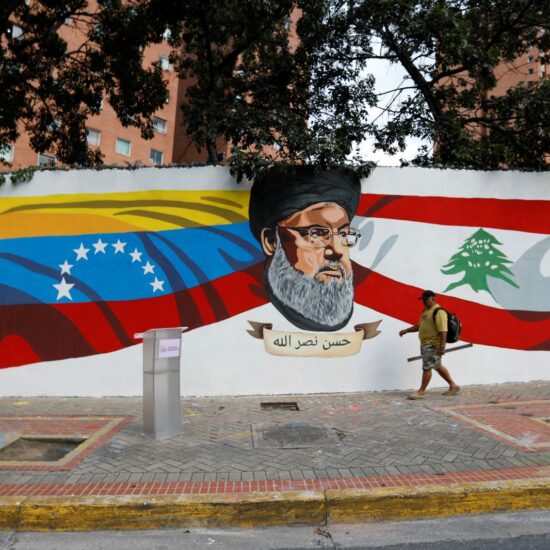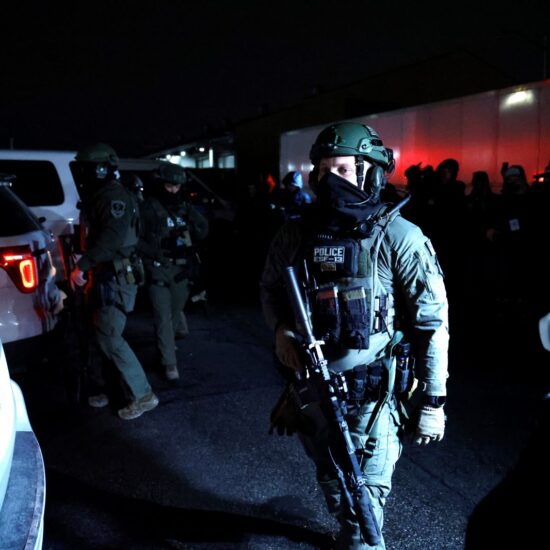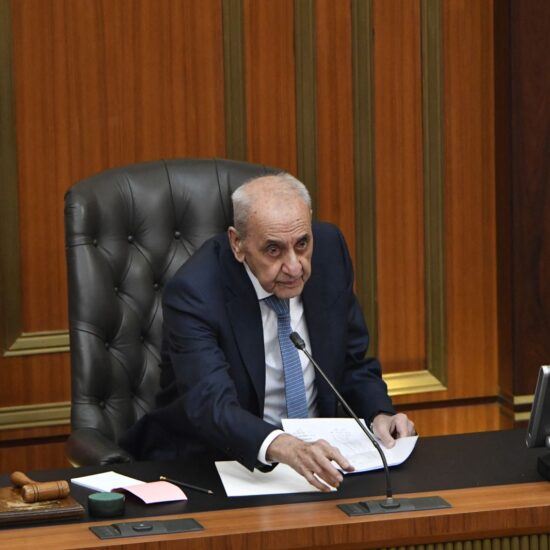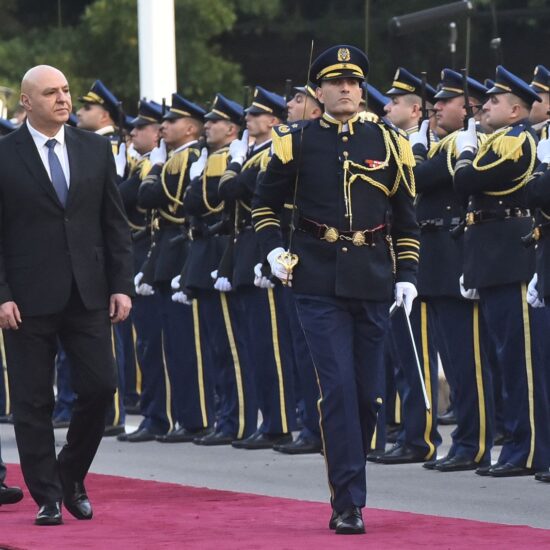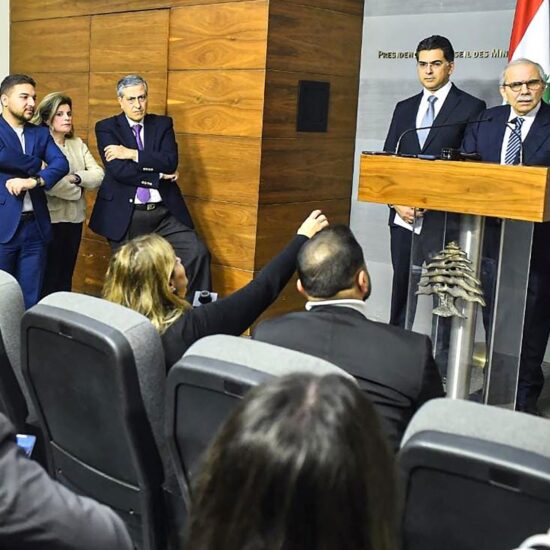
Gender inequality is seriously impacting the experience of forced displacement across south Lebanon. Though, lack of data risks to affect the gender-based appropriacy of aid provided
A clear pattern often emerges: whenever a major crisis hits, despite women being more harshly affected than men, gender stops being a priority.
“Definitely, in case of displacement, women suffer more, notably because they are no longer at their home, they lose the safety of their space,” Myriam Sfeir, director of the Arab Institute for Women at the Lebanese American University, told NOW, when asked about the gendered dimension of the displacement that affected south Lebanon in the aftermath of the escalation between Hezbollah and Israel on the Blue Line. Apparently, though, all situations of crisis are similar when it comes to gender-based impact: earthquakes, blasts, wars.
“There are so many things to be discussed when displacement happens. From a gendered perspective, in any sort of displacement women are disadvantaged simply because if they have left their home, they are no longer working, they might lose their money income, and a safe space to live in. Even in terms of mental health, they would suffer more,” Sfeir told NOW. ““We should also mention the fact that displacement affects women double-fold because they are traditionally considered the main caregiver of the children and this adds to their anxiety.”
After the rise of clashes on the border between Lebanon and Israel, following the events that since October 7 have been unsettling the region, around 40,000 people have been displaced across south Lebanon, according to the Global Data Institute of the IOM, the UN’s International Organization for Migration. Since October 10, the Displacement Tracking Matrix (DTM) has been conducting the daily monitoring of population movements, with the objective of informing preparedness and response planning.
The last data collected, published on November 16, claimed that 46,325 people have been displaced both within the south and elsewhere in Lebanon. However, in the same report, the information concerning vulnerable groups such as women and children referred to the demographics based on data collected on November 9. According to the data, the report says, 51% of the displaced are children (< 18 years), while 26% are female adults and 23% are male adults.
In an article recently published by Researching Internal Displacement, Jasmin Lilian Diab and Jennifer Skulte-Ouaiss have tracked the increase in numbers amid conflicting estimates, putting into question the possibility for an inclusive emergency strategy in light of the Lebanese government’s critically limited resources to respond to a mass humanitarian crisis.
Alarmingly, the article reports, a security source confirmed that the number of displaced people from the south was close to 100,000 Lebanese and not 29,000 as announced at the time by the United Nations, counting all individuals that left the south, and not just those who took refuge in nearby schools or villages where they “could be clearly counted.”
Conversations around exact numbers, as illustrated by the study, not only remain vague, but also fail in unpacking the group of IDPs [internally displaced persons] that is accounted for. Numbers across all sources have fallen short in disclosing whether or not these numbers are of Lebanese citizens solely, of both citizens and refugees, or whether these numbers are in fact estimates or recorded. However, at the moment, the UN Migration Agency data serves as the only tracking document available, albeit failing to disclose any additional information on the number of displaced people across nationality, age or gender.
“The question is not about who is not accounted for, because IOM says everyone, refugees, men and women, is accounted for in their data collection. The real question is why they have not been separated by nationality, gender and age. At the moment I still don’t have the answer for it,” Dr. Diab, director of the Institute for Migration Studies at the Lebanese American University, told NOW.
Concerning the displacement in south Lebanon, indeed there is a consistent lack of data on the landscape. “A large number of men from south Lebanon live and work abroad, especially in Africa. Of the displaced women, we don’t know if they’re single-headed households, we don’t know the age, whether they are women with children, or whether they are elderly,” Myriam Sfeir told NOW. Though Dr. Diab ensured that something is moving. “We’re working on a few rapid assessments on the south, on internal displacement particularly, through a gender lens with international humanitarian organizations and UN agencies,” she told NOW, aware of the major risks that displaced women might run in a situation of mass displacement.
“Displacement is very gendered, and one of the biggest challenges as we look at displacement and try to address it, is that we don’t look at the distinction and how it impacts women and men differently, and also how it impacts members of the LGBTQIA+ community and gender minorities,” she explained.
According to Dr. Diab, displacement impacts women differently because they are increasingly vulnerable to very gender-specific challenges, whether that be sexual exploitation, gender-based violence, and a lot of socio-cultural sensitivities attached to patriarchal norms that are part of their society as well. “Women are typically and statistically more likely to be travelling with their children, they are more often in a care-giving role when they are on this displacement journey, if they are mothers,” she told NOW. “Without mentioning that there are health dimensions to consider too. Displacement impacts pregnant women differently, it impacts their access to health and reproductive health services differently,” Dr. Diab added.
Much of the conversations around the different impact of crises over men and women, therefore, seem to be mainly health-related, psycho-social-related and socio-cultural-related, also according to the Arab Institute for Women’s director, Myriam Sfeir.
“Not to mention the fact that their priorities are not taken into consideration if people at the table of decision-making are not aware of the specific needs of women, especially when it has to do with sexual and reproductive health and rights,” Myriam Sfeir told NOW. “If we take the example of Palestine, for instance, or even at the time of the economic meltdown in Lebanon, the first things to disappear are period products, and over and above the access to toilets for pregnant women is at risk. Last, don’t forget that when you’re displaced you don’t know where you’re living and most of all whether it is a safe space for women,” she continued.
Interviewed by NOW, Sfeir also highlighted the increasing racism that displaced people, especially women, could face in times of crises. “If they’re fleeing to areas where they are not welcomed, they might find serious obstacles in subletting places to temporarily find shelter in”, she told NOW, as might happen to the Shia community, for political reasons connected to the engagement of Hezbollah in the conflict, or as it happened to Syrian refugees’ community, that did not dare to take refuge in Tyre because many families were told that the temporary shelters were not welcoming Syrians, as reported by The New Arab.
“We still have conversations with municipalities in the south with majors and governors, who tell us ‘we’re going to open our shelters for Lebanese citizens but we’re not going to help refugees and migrant workers. Let UNHCR do this, let their embassies and consulates do this’,” Dr. Diab told NOW, referring to the research behind the recently published article titled A Cascading Crisis. “In short, they self-alleviate themselves from the responsibilities towards these groups,” she added.
Therefore, amid a lack of state support and increasing racism, marginalized communities such as migrant workers, refugees and people with low income – considering that the rental prices have skyrocketed – are facing the struggle of having to fend for themselves.
According to Sfeir, “the situation is still manageable, but not for everyone. Of course, the ones who leave are the ones who can afford it, willing to leave their home and land, and have enough money to rent. What about those who refuse to leave or cannot afford it, how are they coping?” she said, fearing the spiral of thought that brings the interviewee to ask the questions. In addition, if we are talking about women, the weight of displacement overloads drastically.
It is the rule of intersectionality: that of a chain of domino-effected burdens.
The risks of under-resourced displacement on marginalized groups
Under-resourced displacement brings, as a direct consequence, inadequate aid to the affected population. Especially from a gendered perspective, a stark gap in data collection might result in dangerous negligence towards the needs of a particularly vulnerable group: and it is no doubt that the safety of women, in times of crisis, is the most impacted.
That was, for example, the case following the catastrophic August 4, 2020 Beirut port blast.
“The recover plan after the Beirut blast failed to mainstream gender and was gender blind where the aid was not proportionate to the needs of marginalised groups – elderly women, refugees, the LGBTIQ community, domestic workers, people with disabilities or who later became disabled and who suffered even more,” Myriam Sfeir told NOW. “At times of crisis, the existing gender inequalities become compounded and hence ensuring that the needs and priorities of women, girls, and all marginalised groups are taken into consideration is a priority. The safety of women is often compromised especially in times of emergencies and displacement when streets are dark and they become more and more inaccessible to women” she warned.
A study done by Beirut-based legal clinic SEEDS – supported by Women’s Peace and Humanitarian Fund (WPHF), the German government, and UN women Lebanon – highlighted that the aid response, in the aftermath of August 4, mainly conducted by non-governmental organizations and civil society organizations, was gender blind. With restricted access to data, as reported by The New Arab, the legal group was able to conclude that of the total incoming £137 million in aid, only £3.1 million specifically targeted women – a mere 2.28% of the total funds.
Despite not being specific to Lebanon, the absence of an adequate gender response to humanitarian crises exacerbated Lebanon’s pre-existing gender disparities. The insufficient aid women received after the Beirut port explosion proved the extent of this divide, demonstrating how aid was skewed away from other minorities as well, and how a non-intersectional approach affected the most vulnerable communities.
Not only, in fact, women’s needs were largely ignored and aid was unevenly distributed. As shown by SEEDS’ study, breadwinners, disabled, elderly, migrant workers, diverse SOGIESC and refugees’ exigencies were largely dismissed.
Following the Beirut blast, SEEDS showed that female-headed households accounted for 52 percent of the affected population, compounding the responsibility of women breadwinners, often taking care of elderly family members or those with chronic illnesses. In fact, the Rapid Gender Analysis conducted by UN Women in 2020 estimated that 8 percent of the blast’s survivors were elderly women living in isolation without the presence of earners at home.
Female Syrian refugees and migrant workers suffered from discrimination and favoritism in aid distribution; many had their shelters destroyed and official papers lost, leading to homelessness and the inability to return to their home countries. As denounced by Amnesty International, under the pretext of dire economic conditions, some employers abandoned their migrant workers on the streets, without compensation, or even passports.
Additionally, a lack of reliable data and transparency from organizations and donors made it difficult to hold accountable those who failed meeting women’s demands.
Better data, therefore, according to Dr. Diab, “remains critically needed.” The gaps in the data on displacement in south Lebanon that does exist demonstrates a lack of attention to IDPs who are additionally vulnerable, such as women, children, diverse SOGIESC and refugees. “Without gathering data that includes the intersectionality of the IDPs, adequate planning is virtually impossible,” she added.
The risks of under-resourced displacement, which is definitely the recent case of south Lebanon, will have direct implications on marginalized groups. A lot of people who were displaced from the ongoing conflict were able to go to second homes, connect with other parts of the family, or just find somewhere else to go. However, members of marginalized groups, and specifically women among them, might not have the same opportunity.
“The fact that it is an under-resourced displacement, as is the case often when we talk about Lebanon, means that shelters will be overpacked, health needs and food needs will not be met, and the demand will outpace the actual resources themselves,” Diab told NOW.
Moreover, this kind of temporary shelter is typically very vulnerable. According to Dr. Diab, when shelters are not segregated for women solely, migrant domestic workers solely, or even refugees solely, this might not only lead to an increasing discrimination and vulnerability inside the shelters themselves, but can also hinder the specific needs of the community. “So,” she explained, “women are not going to have access to gender-sensitive services if they are lumped into a shelter whereby the response is very minimal and very aid-centered.” Moreover, for refugees and migrant workers particularly, a major burden is likely to be rampant.
The way in which emergency situations affect the adequacy of a humanitarian response in case of displacement is evident. Though, following the very first response, which is ensuring survival for the displaced community with basic services, aid needs to be provided as inclusively as possible. This can happen only if it is targeted, not homogenized, and when gender-sensitive responses are integrated. When we look at different vulnerable groups and their specific needs, the humanitarian response can be finally adequate. “It is not so much about lumping everyone together and giving them aid without discrimination, it is actually much more than that. It’s about unpacking the group of IDPs at the moment across citizens, refugees, migrants, and across gender, and then seeing how their specific needs can be met,” Dr. Diab told NOW. Only in this way aid can become more inclusive and the mistakes of the Beirut blast’s unbalanced response won’t be repeated.



